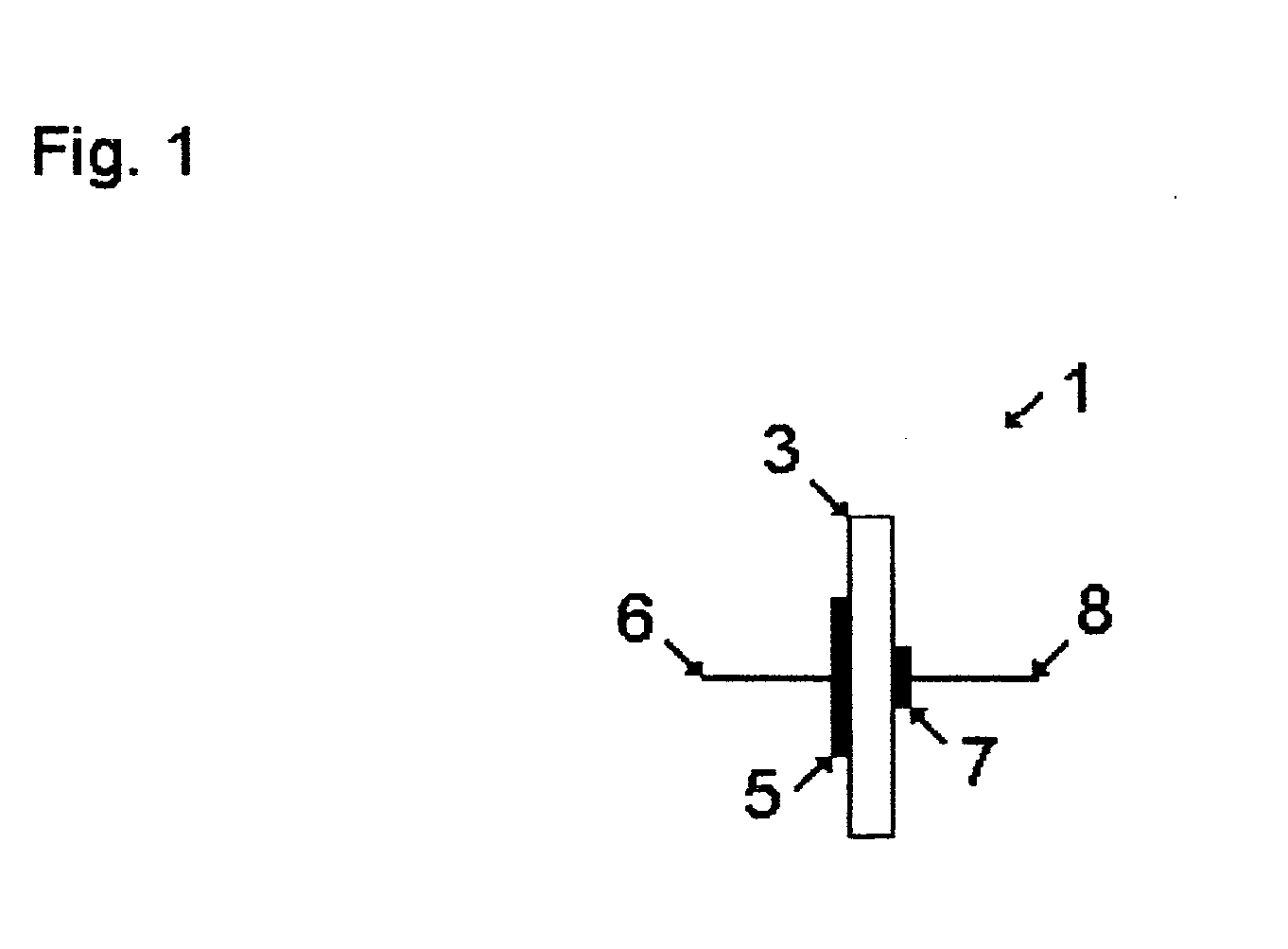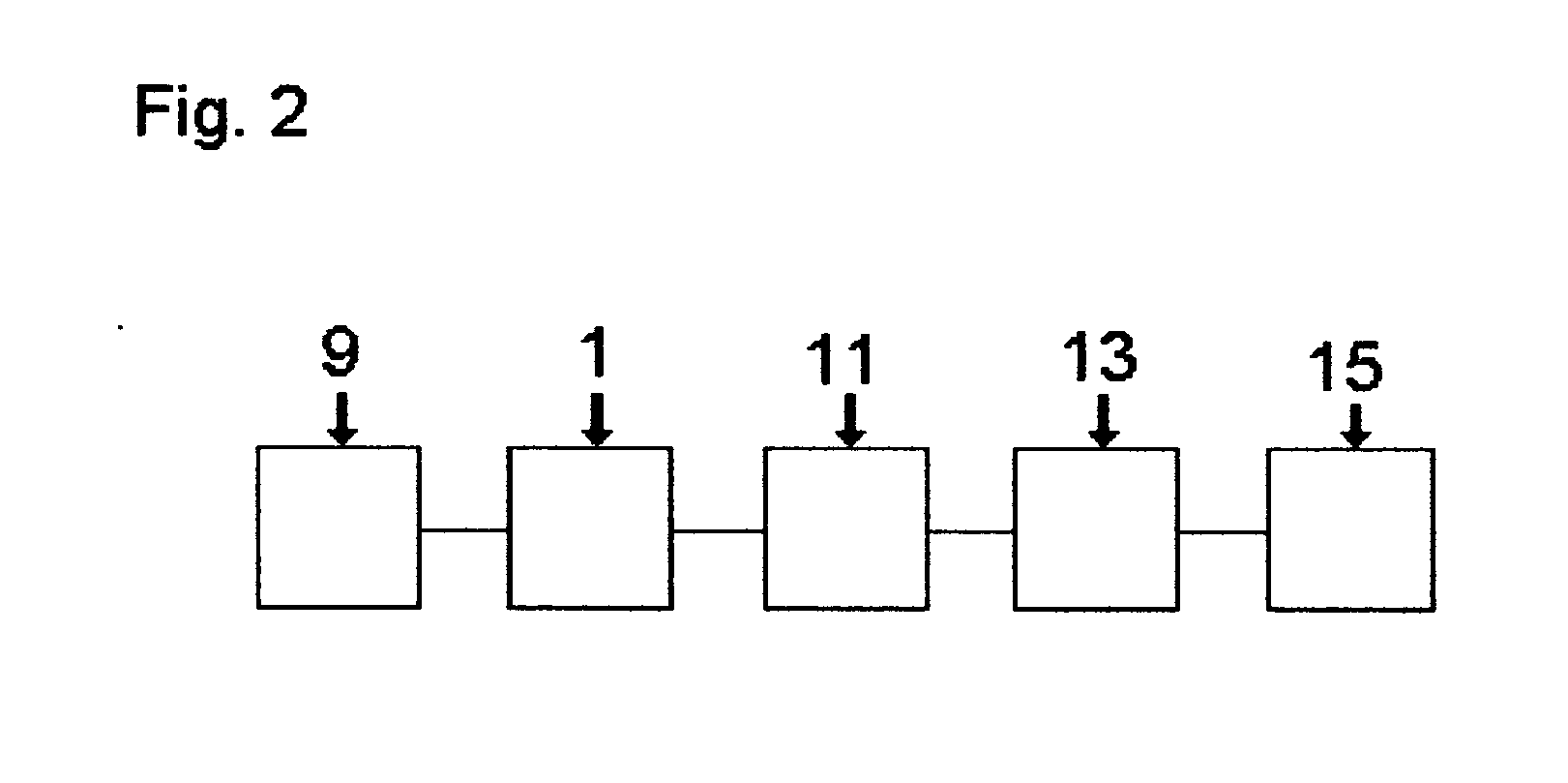Coupled ionization apparatus and methods
a technology of coupled ionization and ionization chamber, which is applied in the direction of instruments, particle separator tube details, separation processes, etc., can solve the problem of short life of ion sources, and achieve the effect of high electric field
- Summary
- Abstract
- Description
- Claims
- Application Information
AI Technical Summary
Benefits of technology
Problems solved by technology
Method used
Image
Examples
experimental examples
[0028] An RF voltage was placed across two electrodes separated by a dielectric (glass slide) to create the new plasma ion source. Several configurations were investigated and two seemed to work better than the rest. These plasma ion sources were placed in front of a mass spectrometer to study the ions produced. The open plasma ion source was then monitored over time to investigate long term stability. The enclosed plasma ion source was interfaced to the mass spectrometer and explosives were introduced to study ion formation with different reactant ions.
[0029] Each open plasma ion source was a glass slide with a large and small electrode drawn on either side with a silver conductive pen. The small electrode was coated with hydrogen hexachloroplatinate (IV) to provide a platinum coating. Another slide had no coating. After 17 hours of use, discoloration could be seen around the edge of the uncoated smaller electrode where it was glowing. Both sources were run for approximately 80 ho...
PUM
 Login to View More
Login to View More Abstract
Description
Claims
Application Information
 Login to View More
Login to View More - R&D
- Intellectual Property
- Life Sciences
- Materials
- Tech Scout
- Unparalleled Data Quality
- Higher Quality Content
- 60% Fewer Hallucinations
Browse by: Latest US Patents, China's latest patents, Technical Efficacy Thesaurus, Application Domain, Technology Topic, Popular Technical Reports.
© 2025 PatSnap. All rights reserved.Legal|Privacy policy|Modern Slavery Act Transparency Statement|Sitemap|About US| Contact US: help@patsnap.com



